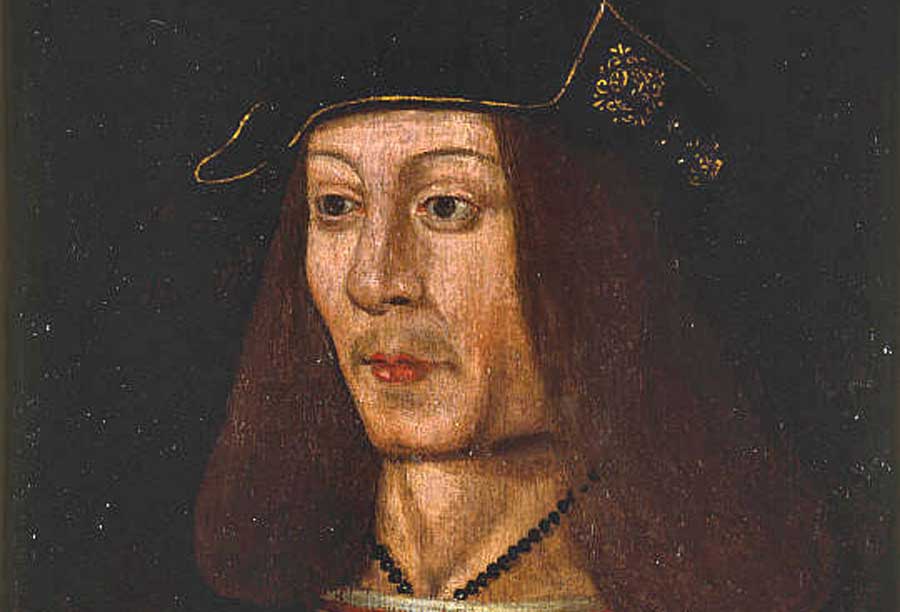Cleansing the Causeway | History Today - 2 minutes read

The death of James IV at Flodden in September 1513 was a catastrophe for Scotland. He left behind a one-year-old son on the throne, and, as regent, his queen Margaret Tudor, sister of Henry VIII.
Within a year, Margaret married Archibald Douglas, the Earl of Angus. The king’s council appointed a new regent: French-born John Stewart, Duke of Albany and heir to the throne. But Albany returned to France in 1517. The council was dominated by James Hamilton, Earl of Arran, third in line to the throne. He and Angus vied for supremacy.
Things came to a head at the end of April 1520. The capital was in Arran’s hands. Angus approached with some 400 men seeking access to Margaret in Edinburgh Castle. Arran planned to seize him; Angus arrayed his men for battle at the Netherbow gate.
Angus’ uncle, Gavin Douglas, bishop of Dunkeld – who thought his nephew a ‘young wytless fuyll’ – tried to mediate. He approached James Beaton, archbishop of Glasgow – and uncle of Arran’s wife – who was in the Blackfriars. According to the chronicler Robert Lindsay of Pitscottie, Beaton denied any knowledge of the stand off, thumping his chest for dramatic effect. Unfortunately, the gesture meant that Douglas heard the sound of plated-metal armour beneath the archbishop’s robes.
Sir Patrick Hamilton, Arran’s half-brother, was goaded into leading the charge by Arran’s illegitimate son, Sir James Hamilton – ‘ewer thristand for blude’, Pitscottie says. Sir Patrick roared up Blackfriars Wynd towards the Netherbow; he was one of the first to fall. Angus’ men fought back, killing Arran’s soldiers as they leapt from the alleyways, forcing those behind back until they fell over one another trying to outrun the slaughter.
Beaton fled to the Blackfriars. He was dragged out from behind the altar and stripped; Gavin Douglas stepped in and saved his life. But Arran and his son scrambled to the marshes to the north of the city.
In the Scots of the day the stramash was remembered as ‘clenze calsay’ – cleanse the causeway – the phrase they used for clearing the streets of filth.
Source: History Today Feed